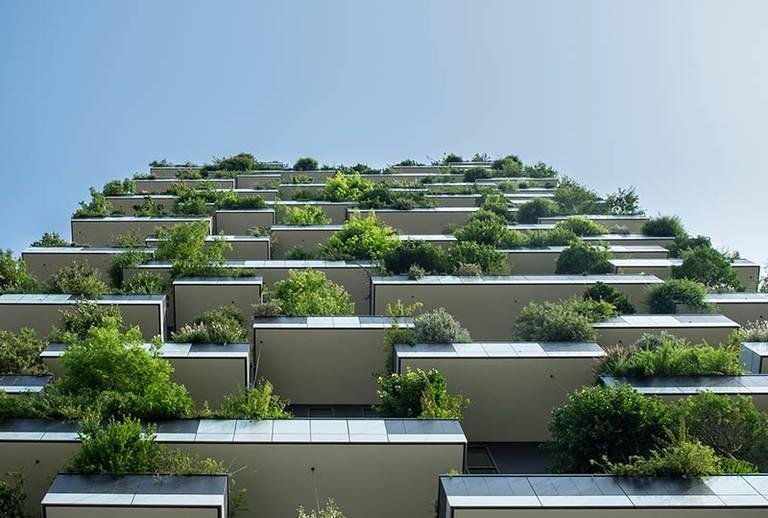Sustainable Architecture: Designing Eco-Friendly Buildings for a Greener Future
Sustainable architecture, also known as green architecture, focuses on designing buildings that minimize environmental impact while enhancing the quality of life for occupants. As climate change and resource depletion become more pressing issues, the demand for eco-friendly buildings has surged. This blog post delves into the principles of sustainable architecture, highlighting innovative materials, energy-efficient designs, and the benefits of creating environmentally conscious structures.
Principles of Sustainable Architecture

At its core, sustainable architecture aims to reduce the negative effects of buildings on the environment. This involves considering the entire lifecycle of a building, from construction to demolition. Key principles include:
- Energy Efficiency: Designing buildings that use less energy for heating, cooling, and lighting. This can be achieved through proper insulation, energy-efficient windows, and the use of renewable energy sources such as solar panels and wind turbines.
- Water Conservation: Implementing systems that reduce water usage, such as low-flow fixtures, rainwater harvesting, and greywater recycling.
- Sustainable Materials: Choosing materials that are non-toxic, recyclable, and sustainably sourced. This includes using reclaimed wood, bamboo, recycled metal, and low-VOC (volatile organic compound) paints.
- Indoor Environmental Quality: Ensuring good air quality, natural lighting, and thermal comfort to promote the health and well-being of occupants.
- Site Considerations: Selecting building sites that reduce the impact on natural habitats and utilize existing infrastructure to minimize the carbon footprint.
Innovative Materials in Sustainable Architecture
The choice of materials plays a crucial role in sustainable architecture. Here are some innovative materials that are making a significant impact:
- Cross-Laminated Timber (CLT): CLT is a renewable, sustainable alternative to traditional concrete and steel. It is strong, lightweight, and has a lower carbon footprint.
- Recycled Steel: Using steel that has been recycled reduces the need for raw materials and energy-intensive production processes.
- Green Roofs and Walls: These living installations provide insulation, reduce urban heat island effects, and promote biodiversity.
- Low-Emissivity (Low-E) Glass: This type of glass improves energy efficiency by reflecting heat while allowing natural light to enter.
Energy-Efficient Designs
Energy efficiency is a cornerstone of sustainable architecture. Here are some design strategies that promote energy conservation:
- Passive Solar Design: Orienting buildings to maximize natural light and heat during winter while minimizing heat gain during summer.
- High-Performance Insulation: Using advanced insulation materials to reduce the need for artificial heating and cooling.
- LED Lighting: Implementing LED lighting systems that use less energy and have a longer lifespan compared to traditional bulbs.
- Smart Thermostats: Utilizing technology to optimize heating and cooling based on occupancy and weather conditions.
Benefits of Eco-Friendly Buildings
The advantages of sustainable architecture extend beyond environmental impact. Here are some key benefits:
- Cost Savings: Reduced energy and water consumption lead to lower utility bills.
- Health and Well-Being: Improved indoor air quality and natural lighting contribute to the health and productivity of occupants.
- Market Value: Eco-friendly buildings often have higher market values and attract environmentally conscious buyers and tenants.
- Environmental Protection: Sustainable buildings help conserve natural resources and reduce pollution, contributing to a healthier planet.
Conclusion
Sustainable architecture is more than just a trend; it is a necessary evolution in building design that addresses the urgent challenges of our time. By incorporating energy-efficient designs, innovative materials, and eco-conscious practices, architects and builders can create structures that are not only environmentally friendly but also economically beneficial and health-promoting. Embracing sustainable architecture is a crucial step towards a greener, more sustainable future.



21jllogin
Lottery odds are fascinating, aren’t they? It’s all about calculated risk! Seeing platforms like 21jl login app download offer diverse games makes that risk a bit more…fun. Secure access & easy funding are key for a good experience! 🤔